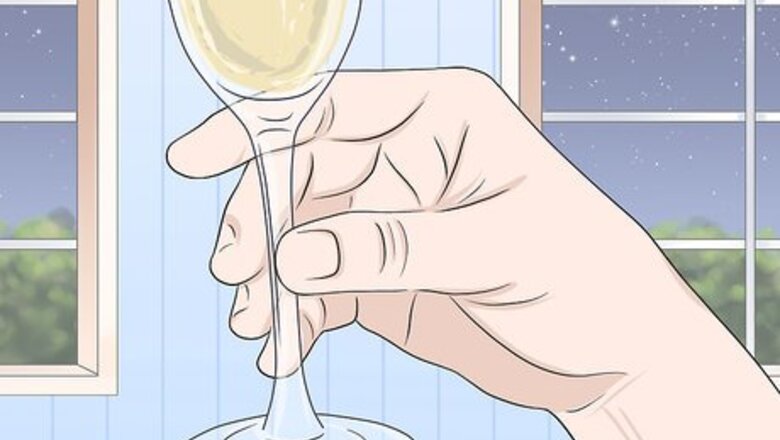
views
Carrying Your Champagne
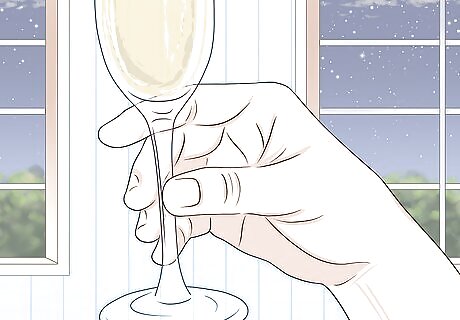
Pinch the stem of the glass between your thumb and four fingers. Hold the center of the stem so that your thumb rests on one side and your other four fingers rest on the opposite end. Use the same grip that you would use to hold a traditional, stemless glass. Don’t lift your pinky when holding the glass, as this may come off as pretentious. You can also let your ring and pinky finger rest on the bottom of the glass. It doesn’t matter which hand you use when holding your champagne.

Avoid holding the bowl of the glass to keep the champagne cool. Don’t touch or hold the top of the champagne glass, as this will make the champagne warm and less refreshing. The heat from your hand transfers to the glass when you hold the bowl, which makes the champagne warmer than its proper, cool temperature. This is especially important for coupe glasses, since the bubbly nature of the champagne is lost with its wide rim and bowl.
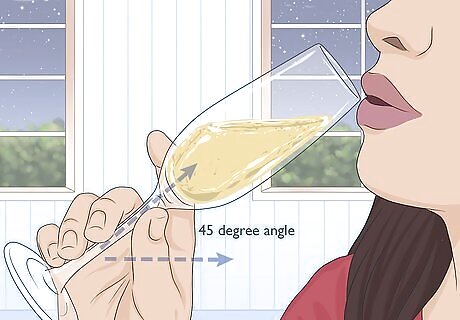
Tilt your wrist slightly to sip the champagne. Use your wrist to position the champagne glass at a 45 degree angle. This allows you to drink the champagne in small sips without spilling it on yourself, and looks much more elegant than drinking from the glass at a 90 degree angle.
Choosing Your Glass

Drink from a flute glass if you’d like to grasp a thinner stem. Flutes are thin champagne glasses known for their narrow shape and elegant style. Often considered as one of the most popular vessels for champagne, this glass allows you to sip your bubbly without the rounder rim of a wine glass. Unfortunately, the lightweight, thin nature of a champagne flute makes it easier to spill. Flutes are preferred for their fancy appearance, as they make it easy to watch the bubbles float to the surface of the champagne. The flute is great for tasting champagne because there is more distance for the bubbles to travel through while rising upwards. This aerates the wine and allows the aromas and flavors to be enjoyed more easily.
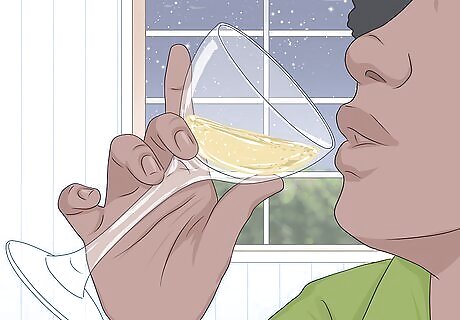
Opt for a rounded coupe glass if you want to have a wider bowl. Coupe glasses have a larger and rounder bowl to hold the champagne, which makes the glass disproportionate and difficult to hold at times. Instead, the coupe is great for making champagne towers, where the glasses are stacked on top of each other and champagne is poured like a waterfall from the top down. Only use a coupe glass if you can finish your champagne in a short amount of time. The wide surface area makes the champagne lose its aroma and fizziness more quickly.
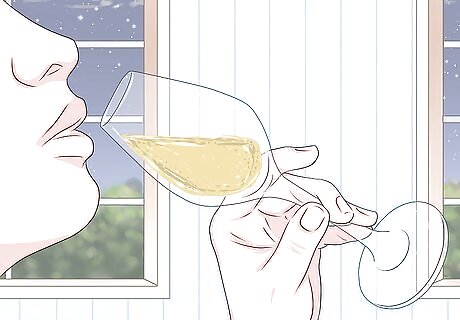
Select a tulip glass if you’d prefer a combination of the flute and coupe styles. The tulip style contains the narrow rim of a flute with the more rounded shape of a coupe glass. This style was created to serve as a better alternative for drinking champagne. If you want to maximize the champagne’s flavor and bubbly qualities, then a tulip glass is a great choice.

















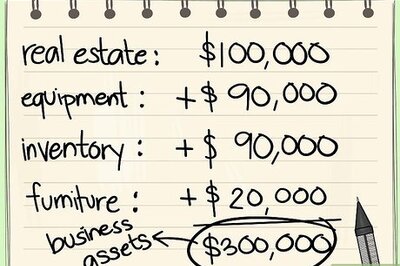


Comments
0 comment